Gymnocoronis DC.
Senegal tea plant
Asteraceae
Alternanthera, Bidens, Eclipta, Epilobium, Hemigraphis, Hygrophila, Ruellia, Veronica
South America
Gymnocoronis spilanthoides DC.
Australia, New Zealand, India
a significant weed in countries on several continents
emergentemergent:
(adj) (syn. emersed) with parts raised out of the water; extending up out of the water
, broad-leafed stem plantstem plant:
(n) (a term used in the aquarium and pond plant trade) having an elongate stem (as opposed to a compact stem)
Perennial. Stems creeping, ascending or erect, inflatedinflated:
(adj) bladdery; swollen, or appearing so
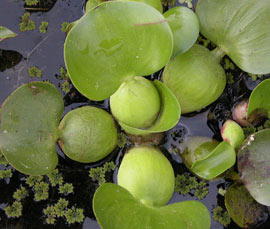 when submersedsubmersed:
when submersedsubmersed:
see submerged
or floating. Leaves oppositeopposite:
(adj) (of leaves) two leaves per node; in pairs on opposite sides of an axis
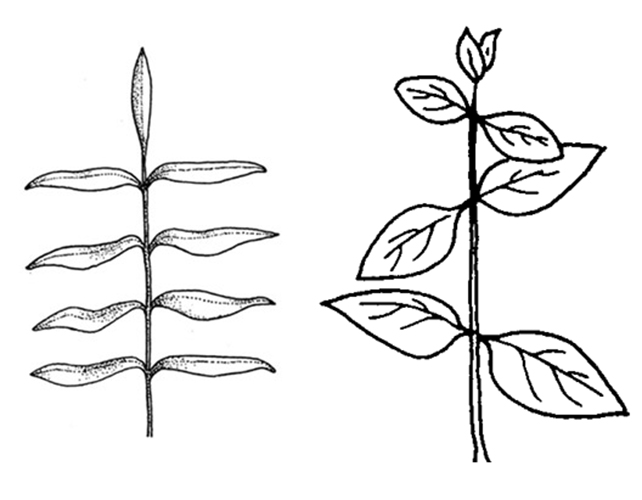 , petiolatepetiolate:
, petiolatepetiolate:
(adj) relating to or in the form of a petiole; bearing petioles
; leaf bladeblade:
(n) (syn. lamina) the flat, expanded part of a leaf, frond, or petal (excluding, e.g., the petiole)
 lanceolatelanceolate:
lanceolatelanceolate:
(adj) lance-shaped; widest point below the middle, tapering to the apex
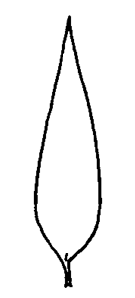 to ovateovate:
to ovateovate:
(adj) egg-shaped in outline; generally with the broad end at or near the base
 ; marginmargin:
; marginmargin:
(n) edge; rim
serrateserrate:
(adj) (of a leaf margin) bearing sharp teeth pointing forward or to the apex
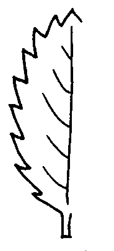 when emergentemergent:
when emergentemergent:
(adj) (syn. emersed) with parts raised out of the water; extending up out of the water
. Inflorescenceinflorescence:
(n) the arrangement of flowers on the floral axis
 of several heads in an apicalapical:
of several heads in an apicalapical:
(adj) of the apex
cymecyme:
(n) a determinate, usually flat-topped or convex inflorescence in which the terminal flower blooms earliest
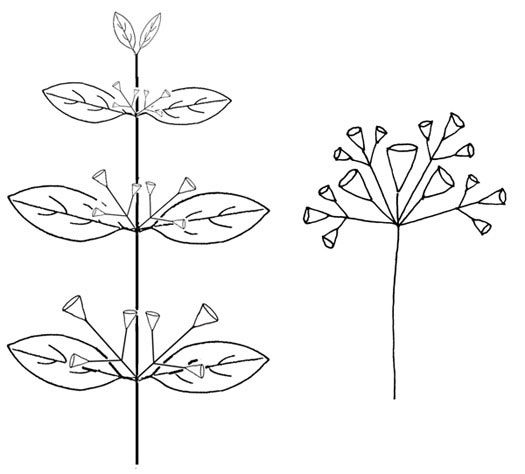 . Florets white, 100-150 per headhead:
. Florets white, 100-150 per headhead:
(n) inflorescence consisting of small closely packed stalkless flowers or florets arising at the same level on a flattened axis; of several types, including: discoid (composed entirely of disk flowers) and radiate (composed of central disk flowers and marginal ray flowers)
. Dispersal by seed and stem fragments.
still waters and wet ground of lakes, rivers, and streams
Gymnocoronis contains five species, but only G. spilanthoides is suitable for aquaria. This species was apparently introduced into Australia from India.